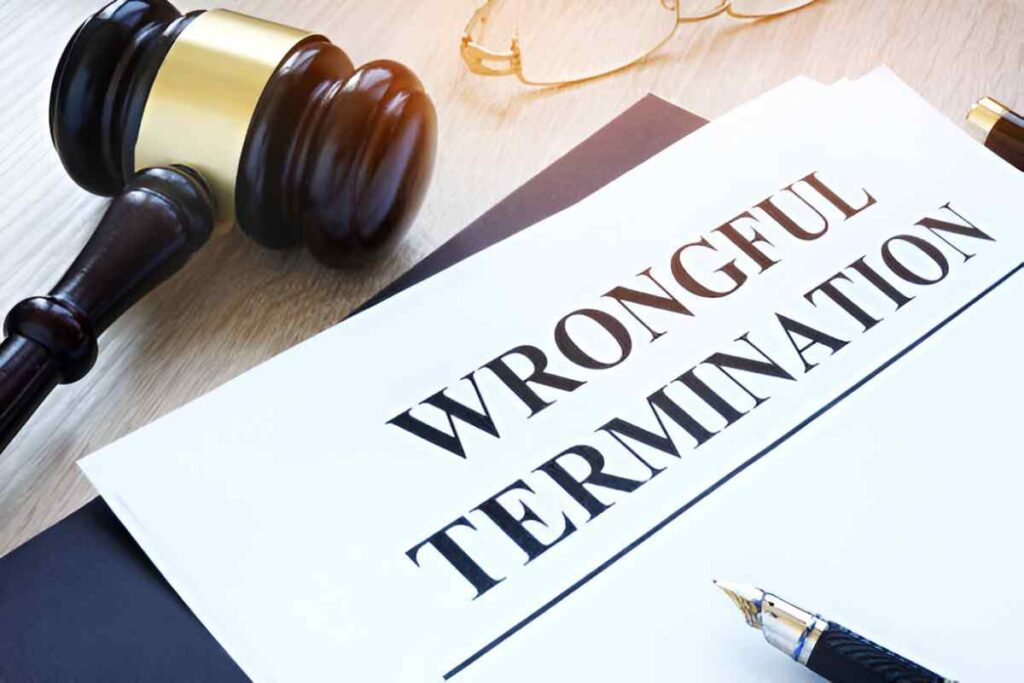When embarking on a property development project, one of the most critical and often complex hurdles to overcome is obtaining planning permission. In the United States, the process of securing approval for any development or construction project involves navigating through a maze of regulations, local codes, and zoning laws. If you are unfamiliar with how planning permission works or the steps involved, the process can seem overwhelming. But understanding the procedure is vital for ensuring the success of your project, avoiding fines, and adhering to local laws.
Table of Contents
What is Planning Permission?
Planning permission, also known as a development approval, is the formal authorization granted by a local government to allow the construction, modification, or change in use of a property. The approval ensures that a proposed development aligns with local zoning laws, environmental considerations, and other regulatory standards. Without proper permission, any development can be considered illegal, and you could face significant penalties.
Planning permission is typically required for:
- New builds
- Significant alterations to existing structures
- Changes in land use (e.g., from residential to commercial)
- Demolition of buildings
- Major landscaping changes that alter the character of the area
In most cases, smaller, non-invasive projects such as minor renovations or internal alterations do not require full planning permission but may still need a simpler approval or permit.
Why is Planning Permission Necessary?
Planning permission serves several important functions:
- Ensures Compliance with Local Zoning Laws: Each locality has zoning laws that dictate how land can be used. These laws protect the character and structure of communities by regulating things like building height, density, land use, and traffic flow.
- Protects Environmental and Social Interests: Planning permission also helps safeguard the environment by requiring developers to assess the potential environmental impacts of their projects. It ensures that developments do not negatively affect local ecosystems or contribute to pollution.
- Guarantees Safety Standards: Local authorities assess building plans to ensure that all safety and construction standards are met. This includes the structural integrity of buildings, fire safety regulations, and ensuring compliance with the Americans with Disabilities Act (ADA).
- Promotes Community Engagement: Many planning processes involve consultation with local residents, allowing them to voice concerns or objections. This helps ensure that the development is in harmony with the community’s needs and desires.
- Prevents Legal Issues: Without proper planning permission, developers risk costly legal disputes, fines, and in some cases, the demolition of unauthorized structures.
The Planning Permission Process in the U.S.
The process of obtaining planning permission can vary widely depending on the state, city, or county in which the property is located. However, the general steps involved in most jurisdictions are quite similar. Below is a breakdown of the typical process.
1. Pre-Application Consultation
Before formally submitting a planning application, it is often beneficial to consult with local planning authorities. This pre-application process allows you to understand the key concerns of the planning department and the general viability of your proposal. The local authorities may provide guidance on issues such as zoning restrictions, building codes, and environmental considerations.
2. Preparing and Submitting the Application
Once you have a clear idea of your project and have consulted with the appropriate authorities, the next step is to prepare and submit your planning application. The application will require detailed information, including:
- Site plans: A visual representation of the proposed development, including dimensions and placement on the land.
- Building designs: Architectural drawings and floor plans.
- Zoning and land use analysis: Information regarding the current zoning designation and how the proposal fits within these regulations.
- Environmental impact assessments: If your project is large or may have environmental implications, you may need to submit an impact report.
Submitting the application typically involves paying a fee, which can vary depending on the type and scale of the development.
3. Public Consultation
In most cases, once the application has been submitted, there will be a period of public consultation. This gives local residents and stakeholders the opportunity to raise any concerns or objections to the proposed development. Depending on the project’s nature, a public meeting may also be held.
4. Review by Planning Authorities
The planning authorities will review your application to ensure that it complies with local zoning laws, building codes, and environmental regulations. This can be a detailed and time-consuming process. Authorities will assess the proposal’s impact on the local environment, infrastructure, and community.
5. Decision
After reviewing the application, the local planning authority will make a decision. There are three possible outcomes:
- Approval: The planning authority grants permission for the development to proceed, possibly with conditions.
- Refusal: The planning authority rejects the application, often due to zoning violations, environmental concerns, or community objections.
- Conditional Approval: The authority may approve the application, but with specific conditions, such as making changes to the design or implementing mitigation measures.
If your application is refused, you can often appeal the decision through the local planning appeals process.
6. Post-Approval
Once permission is granted, you must comply with any conditions attached to the approval. These conditions could involve timelines for construction, restrictions on the types of materials you can use, or environmental safeguards. Failure to meet these conditions can result in fines or even the revocation of planning permission.
Factors That Influence Planning Permission
Several factors can influence the approval or rejection of a planning application. Understanding these factors can help you prepare a stronger application and increase your chances of success.
1. Zoning Laws
Zoning laws regulate how land can be used in specific areas. These laws dictate whether you can build residential, commercial, or industrial structures in a given area. Zoning can also determine the size and scope of the project, such as height restrictions or minimum setbacks from property lines. If your proposed development does not comply with local zoning laws, it may be denied.
2. Environmental Impact
Local governments often require an environmental impact assessment (EIA) for large projects. The EIA assesses the potential environmental consequences of the development, such as air and water pollution, traffic congestion, and harm to wildlife. The authorities will consider the findings of the EIA when deciding whether to approve the application.
3. Community Concerns
Public opposition can play a significant role in the approval process. If local residents object to the project, their concerns can influence the decision-making process. It’s important to engage with the community early on and address any concerns before the official consultation period begins.
4. Infrastructure and Traffic Considerations
The availability of local infrastructure, such as roads, utilities, and public transportation, is another important factor in the planning permission process. If your development is expected to place a strain on existing infrastructure, the authorities may require you to make improvements or provide additional resources.
Common Mistakes to Avoid in the Planning Permission Process
Navigating the planning permission process can be challenging, but certain mistakes can hinder your chances of success. Here are some common pitfalls to avoid:
- Not Consulting Early Enough: Failing to engage with local authorities or the community early in the process can lead to unexpected delays or opposition. Early consultation helps identify potential issues and find solutions before they become major roadblocks.
- Incomplete or Inaccurate Applications: Submitting an incomplete or inaccurate planning application can lead to delays or outright rejection. Ensure that all necessary documents, including site plans, environmental reports, and design drawings, are included and meet the required standards.
- Ignoring Local Regulations: Every locality has its own set of regulations and requirements. Failing to familiarize yourself with these rules can result in costly mistakes. Make sure you understand zoning laws, building codes, and other local regulations before submitting your application.
- Underestimating Public Opposition: If your project is likely to face opposition from the local community, it’s essential to address these concerns proactively. Failing to do so could result in rejection or delays.
Conclusion
Planning permission is a vital part of the property development process in the United States. It ensures that developments are in line with local regulations, environmental standards, and community needs. While the process can be time-consuming and sometimes complex, understanding the steps involved and the factors that influence approval can help ensure your project’s success.





